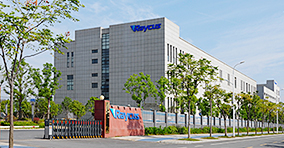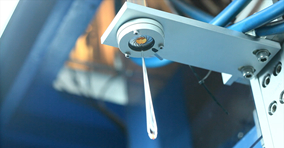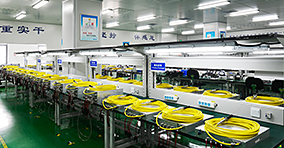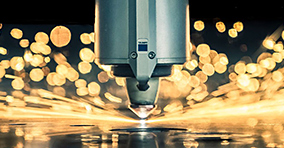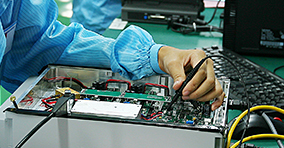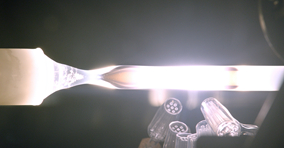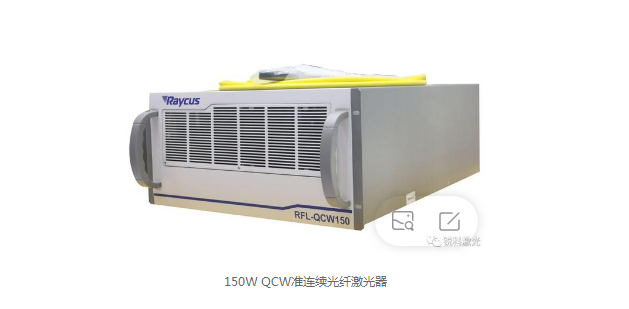Nobel laureate Richard Feynman had already predicted in the late 1950s that manufacturing technology would develop from large to small.
Today, laser technology has been widely used in manufacturing industries, such as metal cutting and welding. Compared with traditional large-scale industrial applications (such as sheet metal cutting), the demand for precision machining (cutting, drilling) is also increasing. We also call it laser microfabrication or laser micromachining.
Laser micromachining technology can be used for cutting, drilling, engraving, scribing, thermal infiltration, welding, etc. in the equipment manufacturing industry, automotive and aviation precision manufacturing industries and various micro-processing industries. These applications are often sensitive to thermal energy and have extremely high requirements for accuracy.
How small can the “micro” of laser micromachining be?
Which laser is selected to meet this “micro” processing need?
This issue of [Rayclass | Rui Class] takes you into the “micro” wonderful world of laser manufacturing!
QCW quasi-continuous fiber laser English name is Quasi-CW (continuous wave fiber laser), which is a fiber laser that can work in continuous and high peak power pulse mode at the same time.
The difference from conventional continuous (CW) lasers is that the peak and average power of continuous lasers are always the same in CW and CW / modulation modes, while the peak power of QCW quasi-continuous fiber lasers in pulse mode is 10 times the average power ; Compared with traditional ND: YAG laser, QCW quasi-continuous fiber laser has higher electro-optical conversion efficiency. YAG laser is only about 3%, while QCW quasi-continuous fiber laser is up to 30%. Maintenance-free, high stability, no wearable parts and other advantages.
According to the specific application, QCW quasi-continuous fiber laser can choose single-mode or multi-mode output mode. For cutting very thin materials or applications requiring small spot sizes, single-mode QCW quasi-continuous fiber lasers will be a suitable choice.
Single-mode QCW quasi-continuous fiber lasers have the advantages of high power density, high pulse energy, high peak power, and high repetition frequency. They can enable a wide range of materials including metals, silicon, alumina, sapphire, and glass to achieve high productivity. Laser micromachining.
01
drilling
It is common to make small holes in components. However, if it is required to drill a large number of small holes with a diameter of 0.1 mm to several micrometers in hard and brittle materials, it is not easy to use ordinary machining tools.
Alumina ceramic materials are widely used now, but the hard and brittle nature of alumina ceramics makes them difficult to process. In the electronics industry, the through-hole processing of alumina ceramic substrates is often processed with high-speed rotating fine drills, which is difficult to process micro-holes below 0.25 mm. Laser processing is non-contact, less destructive, and easy to adjust, which makes it obvious in the processing of alumina ceramic materials. Vias used to process alumina ceramic substrates are a good choice.
At the same time, QCW quasi-continuous fiber lasers can also perform excellent drilling processes on very thin metal materials.
02
Underline
Due to some special properties of ceramic substrates, they are pretreated by laser scribing and then separated by shards, which are becoming more and more widely used in the electronics industry.
The principle of ceramic scribing is similar to drilling. It is also to form a blind hole on the substrate by a pulse, and then supplement it with a suitable pulse interval to form a line.
From behemoths to small details, micromachining has become one of the most active research directions in today’s manufacturing industry. As a branch of laser processing, the realization of micromachining requires more precise processing tools-QCW quasi-continuous fiber lasers can be thermally cut. , High-quality cutting, scribing and drilling of a few millimeters thick substrate.


